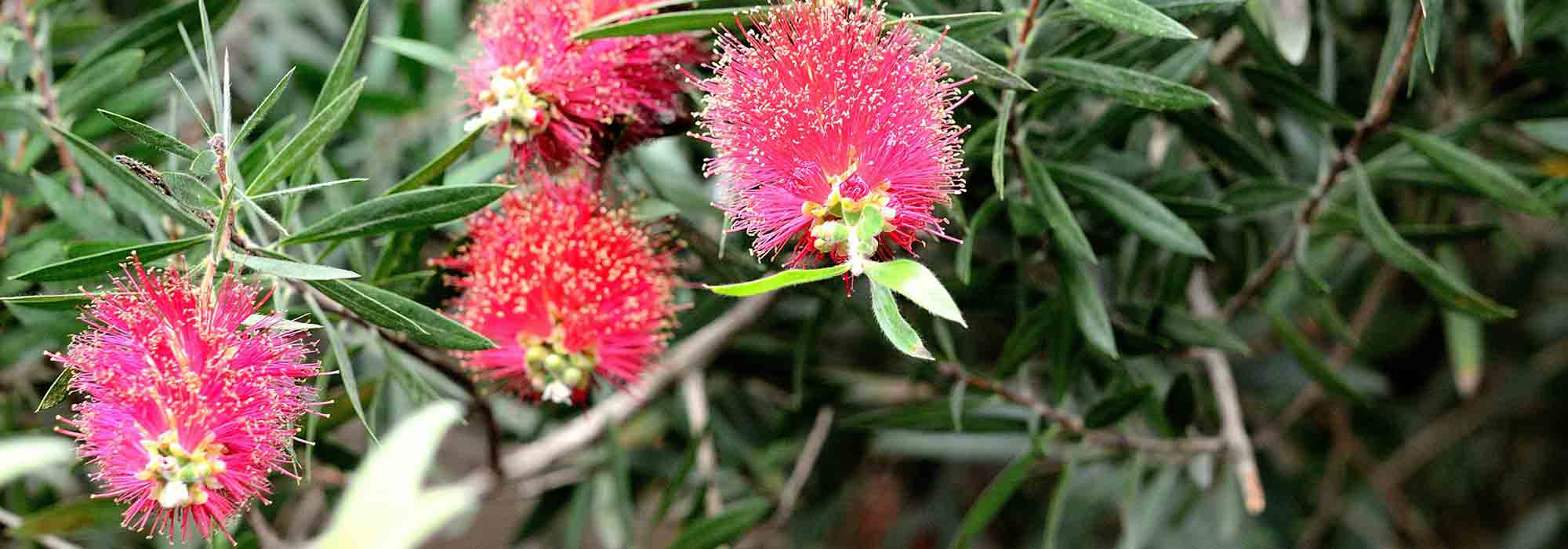
How to prune Callistemon?
Why, when and how?
Contents
Callistemon, commonly called “bottlebrush”, is an evergreen, very floriferous bush. Its very distinctive bottlebrush flowering is the reason for its popularity.
Once established, the bottlebrush is an undemanding bush that requires very little maintenance, especially when grown outdoors. It is grown in open ground in regions with mild, oceanic or Mediterranean climates. Elsewhere, it is grown in containers and overwintered under cover.
In either case, Callistemon should be pruned at the end of its flowering. Older specimens also tolerate occasional heavier pruning.
Discover why, when and how to prune a Callistemon.
Why pruning a Callistemon?
In absence of regular pruning, Callistemon tends to quickly take on a shaggy appearance. Especially as this bush benefits from rapid growth and therefore very quickly forms an imposing bush, sometimes exceeding 6 m in height and almost as much in width.
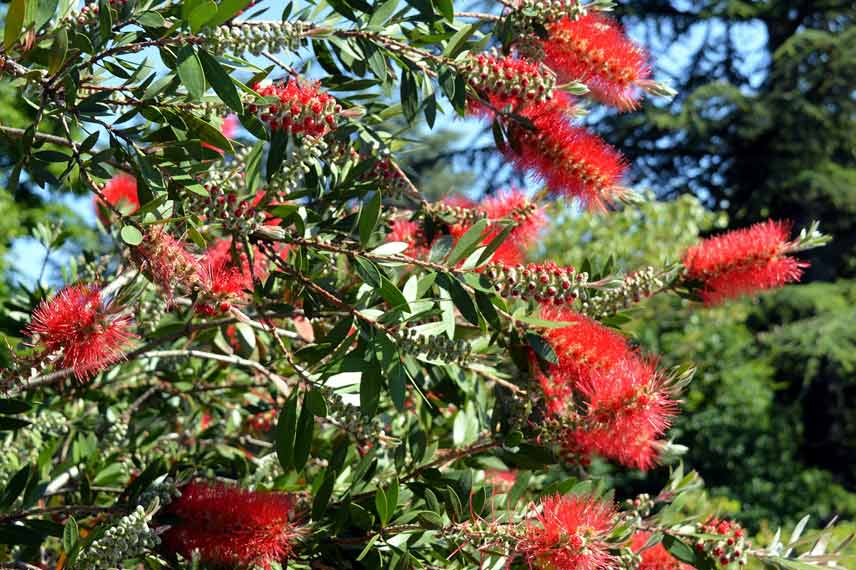
By pruning dead wood and unsightly stems (those that grow at odd angles or turn back towards the centre) you will be able to maintain the compact, bushy habit of your Callistemon. In fact, a light annual pruning allows you to balance or reduce the branches of the plant, and also to stimulate flowering and branch regrowth.
Pruning bottlebrush therefore has three functions:
- remove untidy tangles from the bush,
- control its habit as well as its spread in the garden,
- promote future flowering.
Also note that Callistemon produces small fruits 4 to 6 mm in size, shaped as spherical capsules, half-embedded in the bark of the branch. Pruning also helps to prevent this fruiting, which tends to exhaust the plant unnecessarily.
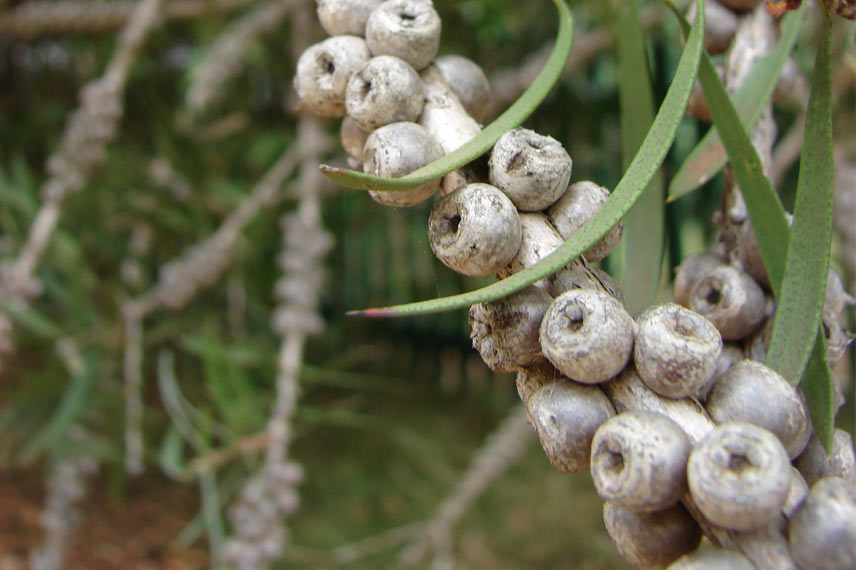
Note that removing faded inflorescences encourages formation of new flowers. Between spring and autumn, pruning faded flower spikes as they go encourages a potential repeat flowering, as well as new branching. This last point is however not essential to well-being of your bottlebrush.
When to carry out pruning of Callistemon?
If it is possible to balance the tree gently in spring, annual pruning of the bottlebrush is best carried out in autumn, that is at the end of its flowering.
A second pruning can be carried out just before winter to correct its habit. However, it is preferable not to repeat the operation unnecessarily, as it can weaken the plant. In any case, you should carry out work outside frost periods to avoid compromising its chances of survival.
Pruning of dead wood of Callistemon must, for its part, necessarily be carried out at the end of winter. This maintenance operation simply involves removing the least vigorous shoots, as well as dead wood and branches broken by wind and the inclement weather typical of winter.
To prune an old Callistemon, it is again better to carry out this work at the end of winter. A severe pruning can indeed weaken the plant if carried out before the winter season. Attention, the bottlebrush tolerates such heavy reduction occasionally (about every three years), but the operation should not be repeated systematically each year.
Discover other Callistemon
View all →Available in 2 sizes
Available in 1 sizes
Available in 2 sizes
Available in 1 sizes
Available in 1 sizes
Available in 2 sizes
Available in 2 sizes
Available in 2 sizes
Available in 1 sizes
Available in 2 sizes
How to prune a bottlebrush?
To maintain compact habit of your Callistemon, carry out light pruning. Older bushes, left unattended for several years, tolerate quite easily a severe cutting back of the clump from time to time.
Which equipment to use?
Pruning Callistemon is mainly carried out with pruning shear to avoid damaging plant. Use of this tool also helps to reduce risk of disease development. Choice of pruning shear depends on diameter of branches to cut.
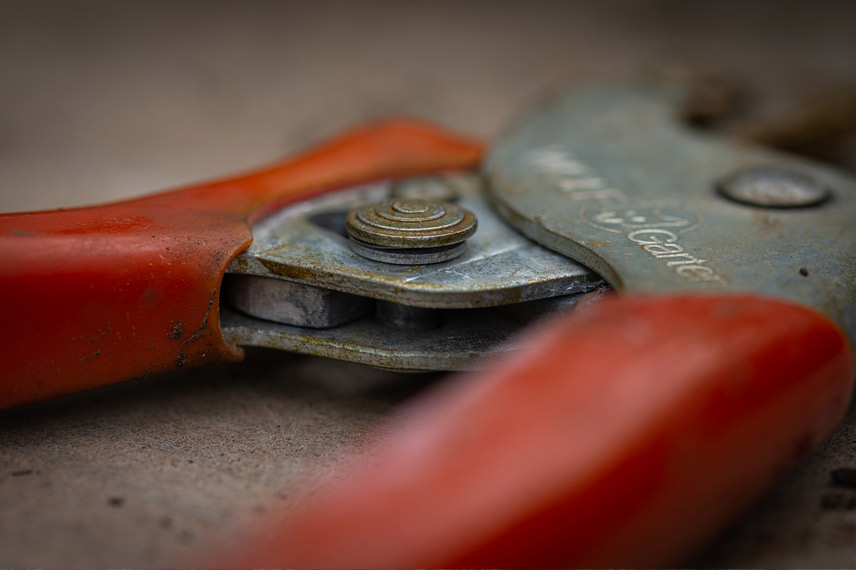
Pruning bottlebrush is not a very complicated operation as such, but must be carried out with care so as not to put bush or yourself at risk. Equip yourself therefore always with gloves before starting.
Perform light pruning
To preserve compact habit, you must cut back year’s shoots by half after flowering.
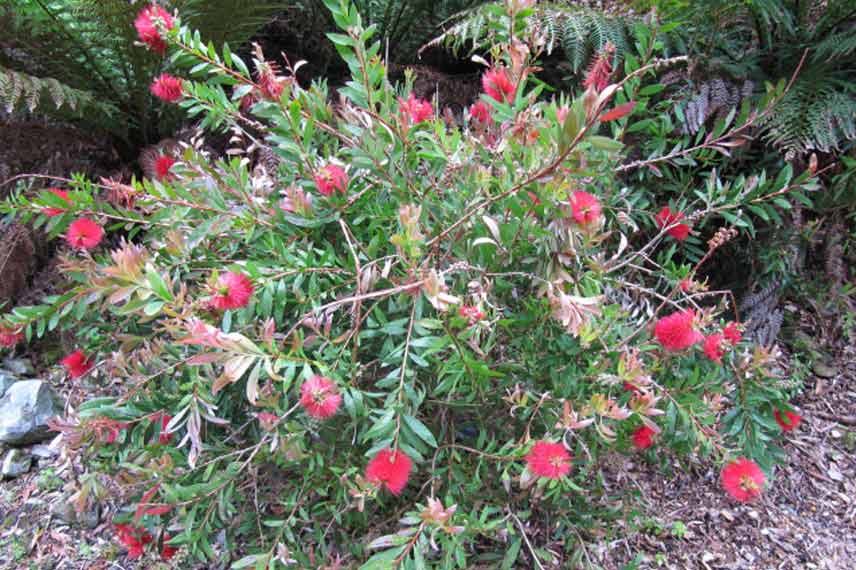
Callistemon rugulosus – © Leonora (Ellie) Enking – Flickr
- Use good pruning shear and pair of gloves.
- Remove as a priority damaged, dead or diseased branches.
- Shorten then young shoots by 20 to 30 cm.
- Remove all faded flowers if any remain.
- After this pruning, general shape of bush should be harmonious.
Carry out severe cutting back
Older specimens can tolerate more severe but occasional pruning. This should allow better branching of plant and encourage future flowering.
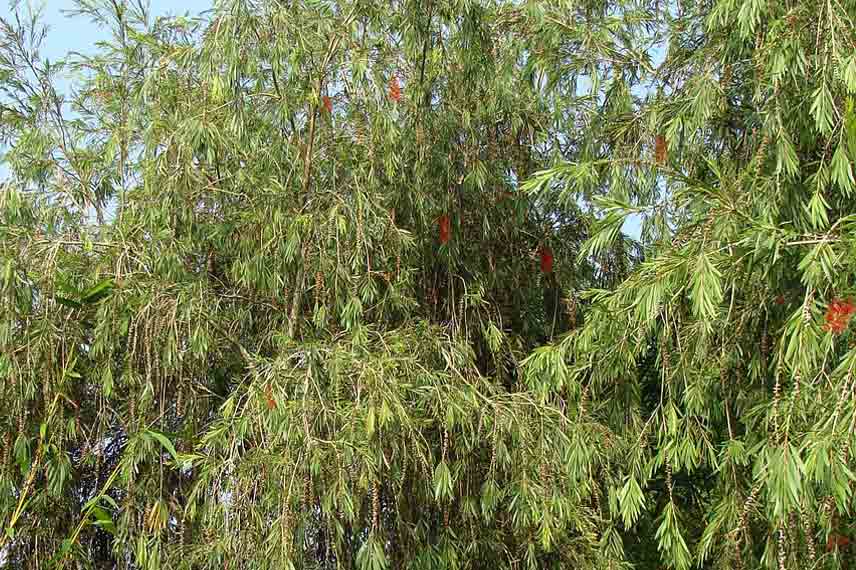
- Severe cutting back can be done every 3 years (or after destructive frost).
- Carry out preferably at end of winter.
- Again, use good pruning shear and pair of gloves.
- Cut all branches that are dead, diseased or burnt by frost.
- Cut back healthy shoots to 15 or 20 cm above soil.
- Prefer to cut branches at an angle for better evacuation of rainwater.
Pruning during flowering
- Cut shoots beneath developing fruit.
- Remove faded inflorescences as they occur.
Useful resources
- Feel free to consult all our advice on planting, pruning and maintaining your Callistemon.
- Looking for the best varieties of Callistemon? Discover our selection.
- Bottlebrush is a rather frost-sensitive plant. Find out how to protect Callistemon from the cold in winter.
- Discover our advice sheet: How to choose a Callistemon?
- Finally, discover our wide selection of Callistemon available in our online shop.
- Subscribe!
- Contents


































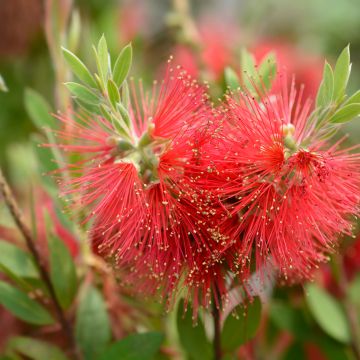

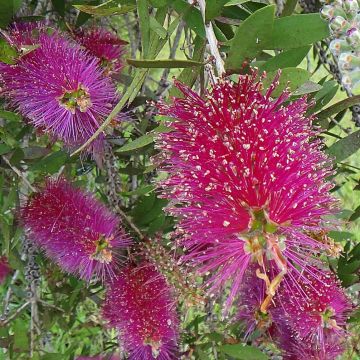
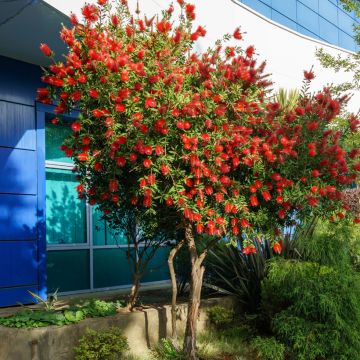
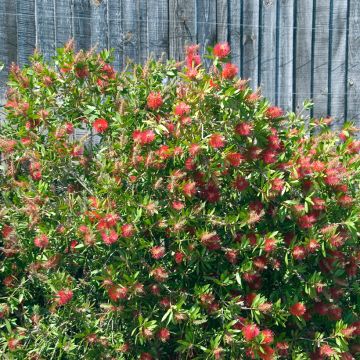
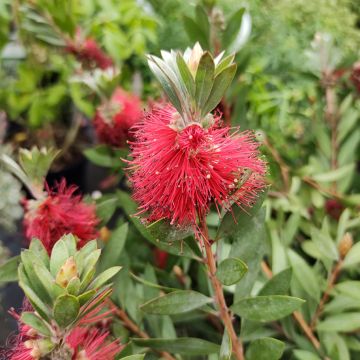
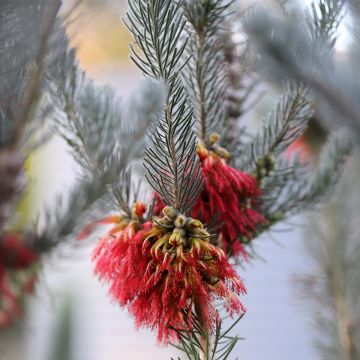
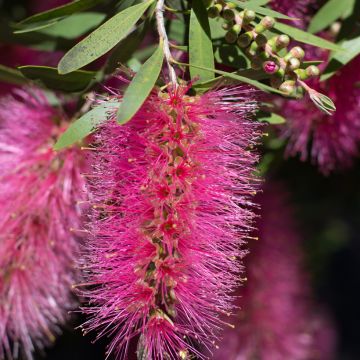
Comments